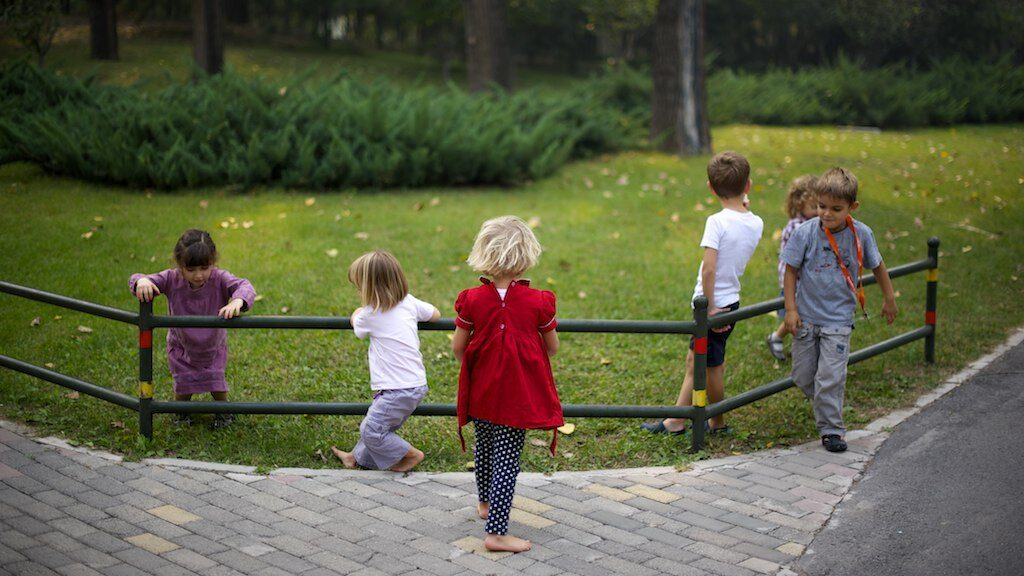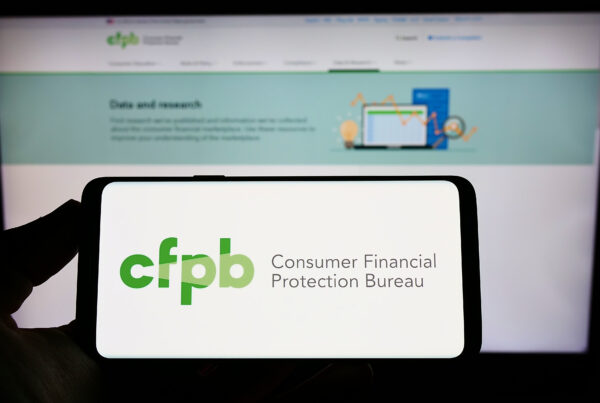Written by: Misty Krippel, Ed.M.
When caregivers provide positive and responsive caregiving, children demonstrate improved developmental skills including social emotional skills, (Kim & Kochanska, 2012). Developmentally supportive engagement between caregivers and children is often overlooked during daily activities and routines such as bedtime, mealtime, or riding in the car (Kim & Kochanska, 2012; Song et al., 2017; Van Keer et al., 2017). For example, when a caregiver and child are walking through a park, hopping, skipping, galloping, and playing Follow the Leader or I Spy provide opportunities for them to play together or for the child to learn turn-taking skills. Moments that naturally occur across the day and during typical routines can serve as occasions for caregiver-child interactions that result in learning and development (Hassinger-Das, Palti, et al., 2020).
Learning Landscapes
Learning Landscapes (LLs) are community structures that are created to encourage connections among caregivers and their children through learning opportunities and developmentally supported interactions. These structures transform everyday spaces like parks, bus stops, and libraries into playful experiences. While activities at a LL vary depending on the focus of each structure, activities are designed to encourage children to explore their environment with an emphasis on eliciting developmentally appropriate learning goals and increasing positive caregiver-child interactions while in community settings where families regularly visit (Hassinger-Das et al., 2018). LLs are a relatively new concept and examples of them include the Supermarket Speaks Project (Ridge, 2015), where caregiver-child communication skills were found to increase when signs were posted within grocery stores that prompted language and turn taking skills. One sign at this LL stated, “Where does milk come from?” (Ridge, 2015); and one can only begin to imagine the conversations that might ensue after reading this sign to a young child!
Another LL example is the Urban Thinkscape, which included signs at a local bus stop and encouraged various skills using a puzzle bench, jumping feet patterns, images to promote stories, and structures that revealed different hidden figures and shadows based on the time of day (Hassinger-Das, Palti, et al., 2020). Researchers have found that caregivers and their children who used this LL increased their turn-taking during conversations and showed positive changes in the quality and tone of their interactions (Hassinger-Das, Palti et al., 2020).
LLs provide space and opportunities to elicit learning and skill building through guidance from caregivers. When considering transforming everyday experiences within a community into engaging environments, it is important to invest time and energy in learning about LLs and how they can benefit families and the community. LLs are an ideal way to promote and encourage caregiver-child engagement as they have demonstrated positive outcomes through simple and low-cost strategies, such as adding signs with learning connections and prompts as well as strategies for extending learning targets.
When looking for an LL in a local community, it is important to know there is no consistent or straightforward way of locating one as communities may use varying terms to refer to them (e.g., learning landscapes, adventure play, inclusive play). Additionally, LLs may not always be broadly publicized. Searching through online search engines, social media groups (i.e., parent groups, disability networks, visitors’ bureaus), not-for-profit organizations, or recreational programs may be helpful when looking for LL structures in the local community. These resources might also offer grant opportunities to fund LL structure in the community.
Check out this resource sheet for more information on and examples of LLs.
References
Hassinger-Das, B., Bustamante, A. S., Hirsh-Pasek, K., & Golinkoff, R. M. (2018). Learning Landscapes: Playing the way to learning and engagement in public spaces. Education Sciences: Early Childhood Education, 8(74), 1-21. http://dx.doi.org/10.3390/educsci8020074
Hassinger-Das, B., Palti, I., Golinkoff, R. M., & Hirsh-Pasek, K. (2020). Urban Thinkscape: Infusing public spaces with STEM conversation and interaction opportunities. Journal of Cognition and Development, 21(1), 125-147.
Kim, S. & Kochanska, G. (2012). Child temperament moderates effects of parent-child mutuality on self-regulation: A relationship-based path for emotionally negative infants. Child Development, 83(4), 1275-1289. http://doi:10.1111/j.1467-8624.2012.01778.x
Ridge, K. E., Weisberg, D. S., Ilgaz, H., Hirsh-Pasek, K. A., & Golinkoff, R. M. (2015). Supermarket speak: Increasing talk among low-socioeconomic status families. Mind, Brain, and Education, 9(3), 127-135.
Song, L., Golinkoff, R. M., Stuehling, A., Resnick, I., Mahajan, N., Hirsh-Pasek, K., & Thompson, N. (2017). Parents’ and experts’ awareness of learning opportunities in children’s museum exhibits. Journal of Applied Developmental Psychology, 49, 39-45. https://doi.org/10.1016/j.appdev.2017.01.
Van Keer, I., Colla, S., Van Leeuwen, K., Vlaskamp, C. Ceulemans, E, Hoppenbrouwers, K., Desoete, A., & Maes, B. (2017). Exploring parental behavior and child interactive engagement: A study on children with a significant cognitive and motor developmental delay. Research in Developmental Disabilities, 64, 131-142. http://doi.org/10.1016/j.ridd.2017.04.002
Image Credit: Flickr, CC BY 2.0 Deed













